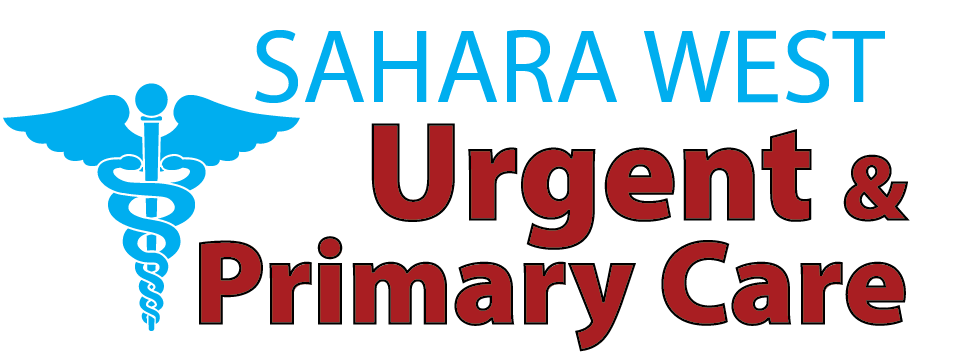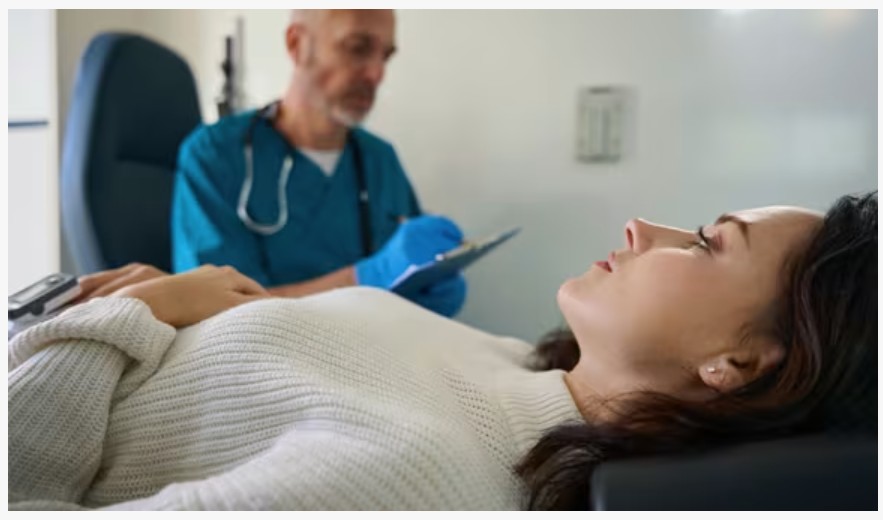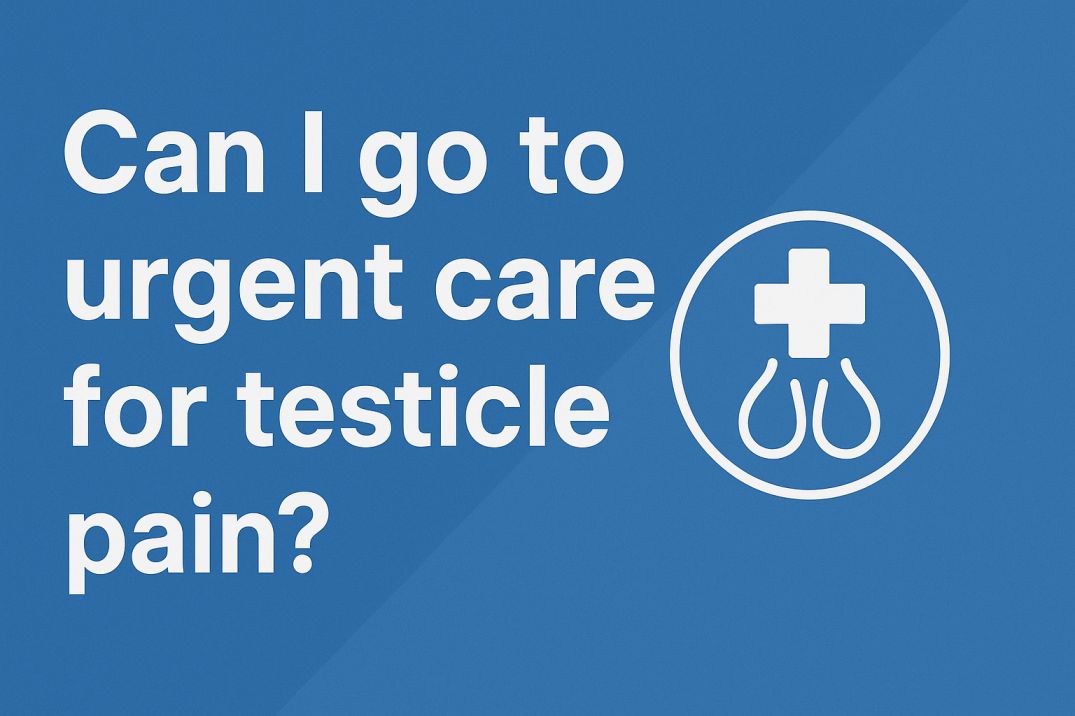It is essential to get stitches checked and removed correctly after a procedure so that infections are prevented and the area heals well. Knowing how to properly and safely take out your stitches after minor surgery or an injury can really help. This article will guide you in removing stitches and gives you tips on how to care for your skin during recovery.
When to Remove Stitches
You should always confirm when it is a good time to remove your stitches. The typical time to remove stitches is about 7 to 14 days after having the procedure and will depend on the kind of stitch used and where it is located. Deep or complicated wounds may require stitches to be left in for a longer period. It’s important to take your medication according to your healthcare provider’s advice, as they will have specific timings for you.
If you are not sure if your stitches still need to be there, let your doctor guide you. If you take the bandage off too fast, the wound may open up, and waiting too long to take it off may result in either infection or scarring.
Supplies Needed
Before you begin, gather the necessary supplies. You will need:
- Sterile scissors or suture removal kit: These should be sharp and clean to make the process smooth and painless.
- Antiseptic solution: To clean the area before and after the removal.
- Sterile gauze or clean cotton pads: For wiping away any excess blood or fluids.
- Bandages: To cover the wound after removal, especially if there’s still a chance of infection.
- Rubber gloves (optional but recommended): To ensure cleanliness and avoid contamination.
Step-by-Step Guide to Removing Stitches
- Wash Your Hands Thoroughly
Wash your hands well with soap and water at the beginning to avoid getting any infection. Use a clean towel to dry your wet hands. - Clean the Area Around the Stitches
Clean the place around the stitches with an antiseptic solution. Avoid making contact with the stitches using your hands. Make sure to clean the wound and eliminate any dirt or particles on it. It is important to let your skin around the stitches dry before you continue. - Prepare the Necessary Tools
Place your suture removal kit or scissors nearby where you can use them. Antiseptic cleaning solutions such as rubbing alcohol or others can be used to sterilize your cutting scissors. - Examine the Stitches
Be sure to look at the wound carefully before taking your stitches out. See to it that the stitches are not below the skin and the wound is fully closed. Redness, swelling, or discharge around the ear could be a symptom of infection, so removing them is not safe until you see a doctor. - Begin Removing the Stitches
If the stitches are tied into a knot, use the scissors to cut the thread near the point where the knot is. Makes sure the cut is not too close to your skin. Take out the stitch from your skin by gently using tweezers or your fingers after you cut it. - Continue to Remove Stitches One by One
Go slowly from stitch to stitch, cutting and removing each as you go. Remove them step-by-step so as not to cause the bandage to come off in one go. - Check for Any Remaining Stitches
When the stitches are removed, look at the wound one last time to see if there are any threads stuck in it. Be sure the area is clean and not wet before you begin the aftercare.
Aftercare Tips for Proper Healing
The stitches come off when the doctor believes the wound is healed, and aftercare after this helps keep the wound safe and allows it to heal well. These tips will help you look after your wound after you get your stitches out:
- Keep the Area Clean and Dry
Continue rubbing the area with soap and water until all loose dirt is gone. Don’t scrub the wound, and instead gently dry the area with a clean or sterile piece of gauze. - Apply Antibiotic Ointment (If Recommended)
Your doctor could tell you to apply an antibiotic ointment on the wound to prevent it from becoming infected. Take care to spread the ointment on your skin as described by the instructions. - Cover the Wound
You should put on a clean bandage over the wound for the first few days after the stitches are removed. By doing this, the risk of contamination and further harm is decreased. - Watch for Signs of Infection
Keep an eye out for signs of infection, such as increased redness, swelling, warmth, or discharge from the wound. If any of these symptoms occur, contact your healthcare provider immediately. - Avoid Straining the Area
Be mindful of any movements or activities that could strain or put pressure on the healing wound. If your stitches were removed from a part of your body that moves a lot (like your hand, foot, or elbow), try to limit movement in those areas during the healing process. - Allow the Skin to Heal Fully
Healing may take a few weeks or longer, depending on the wound’s location and depth. Be patient and give your body the time it needs to heal fully. - Follow-up Appointments
It’s important to attend any follow-up appointments your doctor schedules. They will check the wound for proper healing and ensure there are no complications.
Conclusion
If done correctly and with care, taking out stitches at home can be an easy process. Still, using the appropriate procedures can help prevent infection and scarring. Always get advice from your doctor about when to take out your stitches, and see a doctor if you notice anything out of the ordinary after removal. If you follow these guidelines for aftercare, you can make sure the wound recovers well and healthily. To schedule your appointment with the highest standard of care and visit Sahara West Urgent Care, for Stitches Removal visit our website.
FAQs
- When should stitches be removed?
Stitches are typically removed 7 to 14 days after the procedure, depending on the location and type of stitch. Your doctor will give you specific instructions. - Can I remove stitches myself at home?
Yes, but only if your doctor has advised you to do so. Ensure the wound appears healed, and you have the necessary tools and sterile conditions. - What tools do I need to remove stitches?
You will need sterile scissors or a suture removal kit, antiseptic solution, sterile gauze or cotton pads, and clean gloves (optional but recommended). - How do I know if it’s safe to remove my stitches?
If the wound has closed, there’s no swelling, redness, or discharge, and your doctor has advised removal, it’s safe. If in doubt, consult your healthcare provider. - Can I remove stitches too soon?
Removing stitches too early can cause the wound to reopen, leading to delayed healing or scarring. Always follow your doctor’s timing advice.





